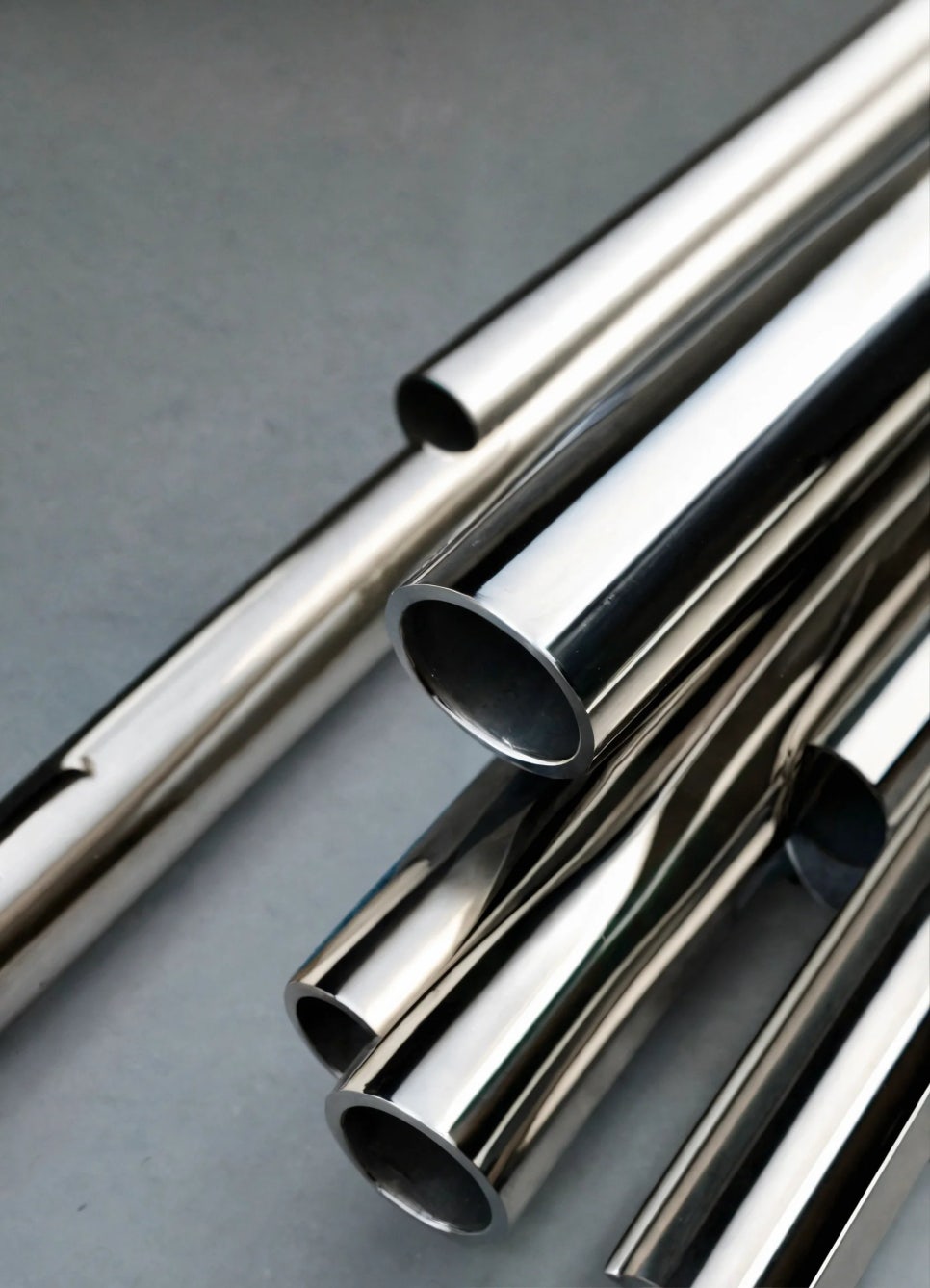-
About
-
Our Brand
-
Products
-
Community
Community
Blog
Blog
Stainless 304 and 304L seamless pipe performance test
- Writer
- STEELTOPIA
- Date
- 24-05-27
Hello, this is SteelTopia.
Today, we will discuss the crucial reasons for performance testing of stainless steel 304 and 304L seamless pipes, as well as various testing methods.

Importance of Stainless Steel 304 and 304L Seamless Pipes
Stainless steel 304/304L seamless pipes are essential raw materials for fitting manufacturers. These pipes are made from a general-purpose chromium-nickel alloy stainless steel known for excellent corrosion resistance and high-temperature resistance, making them suitable for pipe fitting manufacturing.
Stainless steel 304 maintains structural stability and strength in various chemical environments due to its outstanding oxidation resistance and corrosion resistance. Additionally, it offers excellent machinability and toughness, facilitating both cold and hot processing, thus meeting the diverse manufacturing requirements for pipe fittings.
Stainless steel pipe fittings, especially seamless fittings, demand high material requirements, excellent sealing, and pressure resistance. SUS304 seamless pipes possess high strength, corrosion resistance, and a smooth interior surface, making them frequently used in manufacturing various pipe fittings like elbows and tees.
In conclusion, SUS304 seamless pipes play a significant role in stainless steel pipe fitting manufacturing. They provide superior performance and reliable quality, ensuring safe operation and durability of pipe fittings.
Therefore, numerous tests must be conducted before production and during the manufacturing process to meet standard requirements for pipe fittings. Let's introduce the performance inspection methods for 304 and 304L stainless steel pipes.
Performance Inspection of Stainless Steel 304 and 304L Seamless Pipes
1. Corrosion Resistance Test
SUS304 seamless pipes must undergo corrosion resistance testing according to standard methods or those agreed upon by both parties.
- Intergranular Corrosion Test: This test aims to detect susceptibility to intergranular corrosion in seamless pipes. Intergranular corrosion is localized corrosion that occurs at the grain boundaries of the material, eventually leading to material failure.
- Stress Corrosion Test: This test aims to detect the corrosion resistance of stainless steel seamless pipes under stress and corrosive environments. Stress corrosion causes cracks in stressed areas, leading to material failure.
- Crevice Corrosion Test: This test aims to test the crevice corrosion resistance of the material in environments containing chloride ions. Crevice corrosion creates small holes on the material surface that gradually expand into cracks.
- Uniform Corrosion Test: This test aims to detect the overall corrosion resistance of the material in a corrosive environment. Uniform corrosion indicates the formation of a uniform oxide layer or corrosion products on the material surface.
When performing corrosion tests, appropriate test conditions (corrosive medium, temperature, pressure, exposure time, etc.) must be selected. After testing, the material's corrosion resistance should be evaluated through visual inspection, weight loss measurement, and metallographic analysis.
2. Mechanical Performance Tests
- Flattening Test: Detects the ability of the pipe to deform in the flat direction.
- Tensile Test: Measures the tensile strength and elongation of the material.
- Impact Test: Evaluates the toughness and impact resistance of the material.
- Expansion Test: Tests the deformation resistance of the pipe during expansion.
- Hardness Test: Measures the hardness value of the material.
- Metallographic Test: Observes the structure and phase changes of the material.
- Bending Test: Evaluates the deformation and damage of the pipe during bending.
- Non-Destructive Testing: Includes eddy current testing, X-ray testing, and ultrasonic testing to detect internal defects in the pipe.
3. Chemical Analysis
- Iron (Fe): Balance
- Carbon (C): ≤ 0.08% (304L carbon content ≤ 0.03%)
- Silicon (Si): ≤ 1.00%
- Manganese (Mn): ≤ 2.00%
- Phosphorus (P): ≤ 0.045%
- Sulfur (S): ≤ 0.030%
- Chromium (Cr): 18.00% - 20.00%
- Nickel (Ni): 8.00% - 10.50%
These values are within the general standard requirements and can be adjusted according to other standards (e.g., ASTM, GB) and specific product requirements of the manufacturer.
4. Hydrostatic and Pneumatic Tests
- Hydrostatic Test: Used to detect the pressure resistance and tightness of SUS304 seamless pipes. The process involves sample preparation, sample connection, test initiation, leakage inspection, and result recording.
- Pneumatic Test: Also used to detect the pressure resistance and tightness of the pipes. The process involves sample preparation, sample connection, test initiation, leakage inspection, and result recording.
Tests must be conducted under appropriate environmental conditions, ensuring that parameters such as temperature and humidity meet test requirements. Additionally, safety must be observed during testing to prevent accidents.
Today, we explored the reasons and methods for performance testing of stainless steel 304 and 304L seamless pipes.
SteelTopia is a direct importer of stainless steel/carbon steel seamless pipes from China. We also offer assistance in manufacturing special rolls for industrial and film applications. For further inquiries, please leave a comment or call us for friendly assistance.


 HOME
HOME